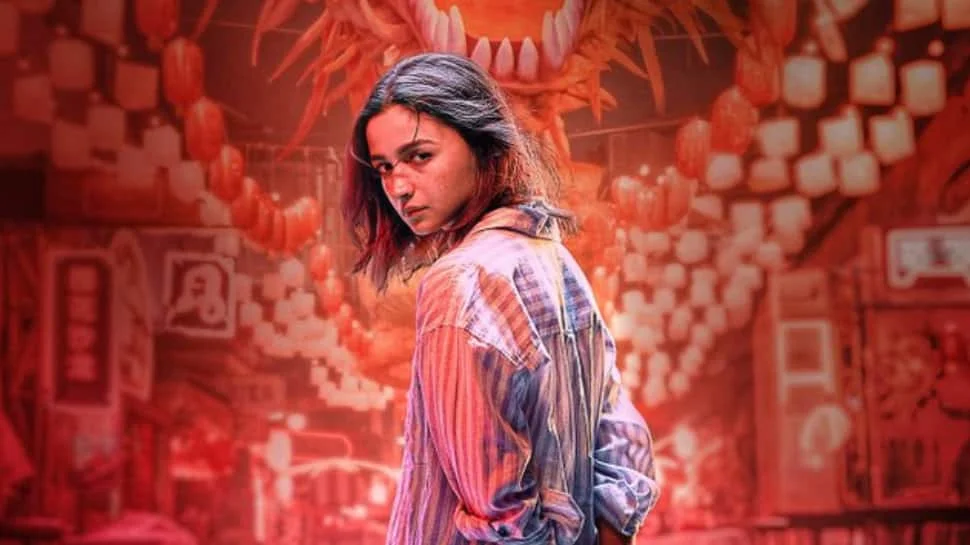As the festive season kicks off with Ganesh Chaturthi, the air is soon filled with the joy and colors of Navratri. This nine-day festival, celebrated from October 3 to October 12 in 2024, is dedicated to honoring Maa Durga and her nine divine avatars. The celebration is marked by prayers, devotion, and special sattvik (pure) foods offered to the goddess, culminating in Vijayadashami on October 13, 2024.
During Navratri, devotees observe fasts to express their devotion to Goddess Durga. Some fast for all nine days, while others fast for the first or last two days. The festival also fosters a sense of community through cultural events, music, and dance, showcasing India’s rich traditions. Here’s a guide on the fasting rules and what foods to eat and avoid during this sacred period.
Fasting Guidelines During Navratri
The day typically begins with cleaning the home and temple, followed by preparing bhog (offering) for the goddess. Devotees then chant mantras, perform aarti, and consume the bhog as prasad. Fasting during Navratri is believed to prepare the body for the winter season by encouraging the consumption of light and healthy foods.
Foods to Avoid During Navratri Fasting:
– No onion or garlic.
– No grains like wheat, rice, or pulses such as lentils and beans.
– Avoid alcohol, tobacco, meat, eggs, and seafood.
– Refrain from using regular salt, chaat masala, or black salt; use sendha namak (rock salt) and black pepper instead.
Foods Allowed During Navratri Fasting:
– Eat sattvik foods such as fruits and vegetables like potatoes, sweet potatoes, pumpkins, raw bananas, and bottle gourds.
– Drink plenty of fluids, including water, fruit juices, milk, buttermilk, lassi, shakes, and smoothies.
– Fasting flours like buckwheat flour (kuttu ka atta), water chestnut flour (singhare ka atta), and amaranth flour (rajgira ka atta) are allowed.
Do’s During Navratri Fasting
1. Eat small, frequent meals– Nuts, fruits, and small snacks every two hours can prevent weakness.
2. Stick to the Navratri diet– This alkaline diet includes nuts, fruits, dairy, and allowed flours.
3. Stay hydrated– Drink water, milk, buttermilk, and fresh juices to keep the body hydrated.
4. Use rock salt (sendha namak)– Replace regular table salt with rock salt for cooking.
5. Maintain a balanced intake of sugar and salt– Eating or drinking something at regular intervals prevents dizziness or fainting.
(Also Read: 10 Delicious Navratri-Friendly Namkeen Recipes To Satisfy Your Fasting Cravings)
Don’ts During Navratri Fasting
1. Avoid onion, garlic, and certain spices– These heat-generating foods should not be used in cooking.
2. No meat, eggs, or alcohol– Consumption of non-vegetarian foods and intoxicants is strictly prohibited.
3. Don’t eat heavy meals before sunset– Your last meal should be before the sandhya aarti (evening prayers).
4. Avoid packaged juices– They often contain added preservatives and salt, which are not allowed during Navratri.
Navratri is not just about devotion but also about maintaining a balance between spiritual and physical health. Following the proper fasting guidelines ensures that you stay healthy while observing the traditions of this vibrant festival. Stay hydrated, consume sattvik foods, and avoid anything that may generate excessive heat or upset your fast.
(This article is intended for your general information only. Zee News does not vouch for its accuracy or reliability.)




